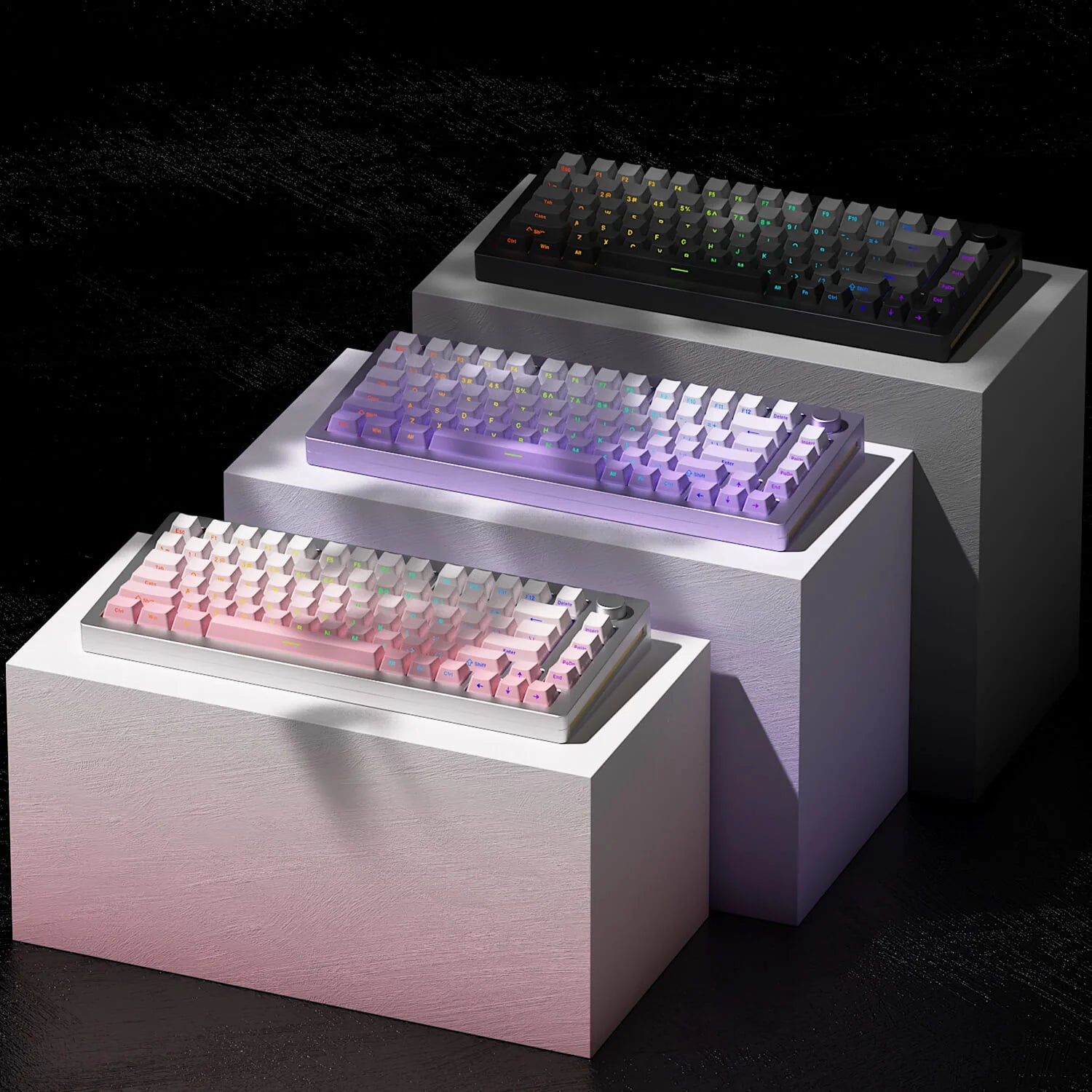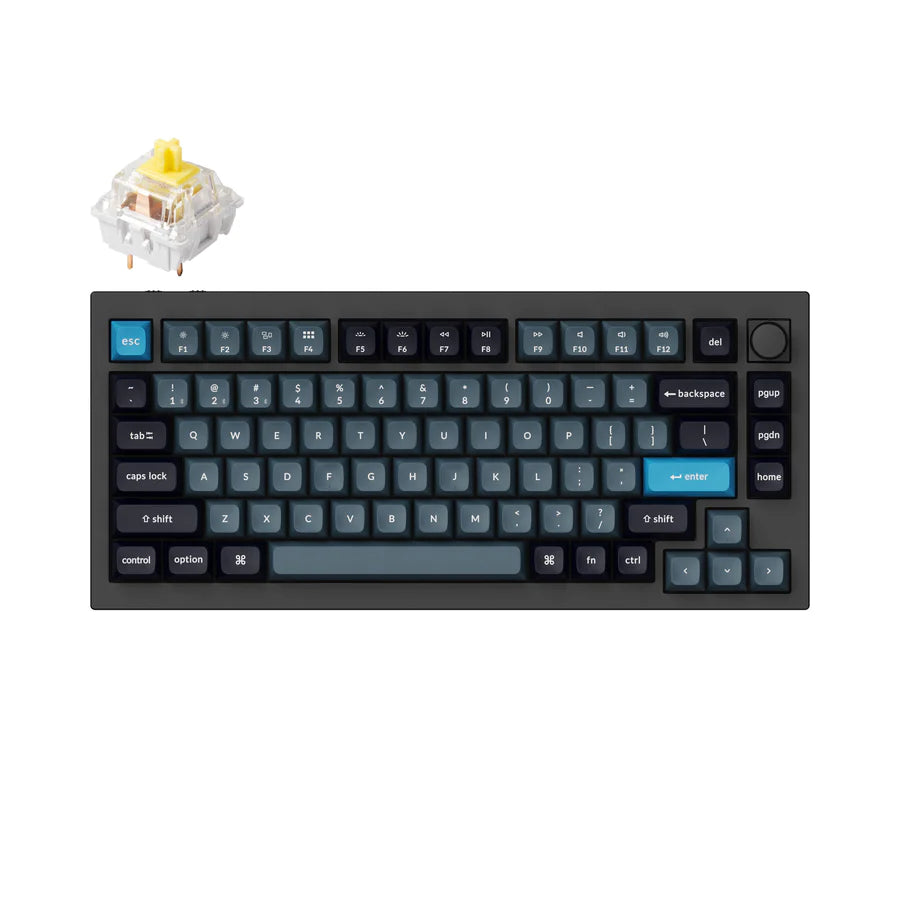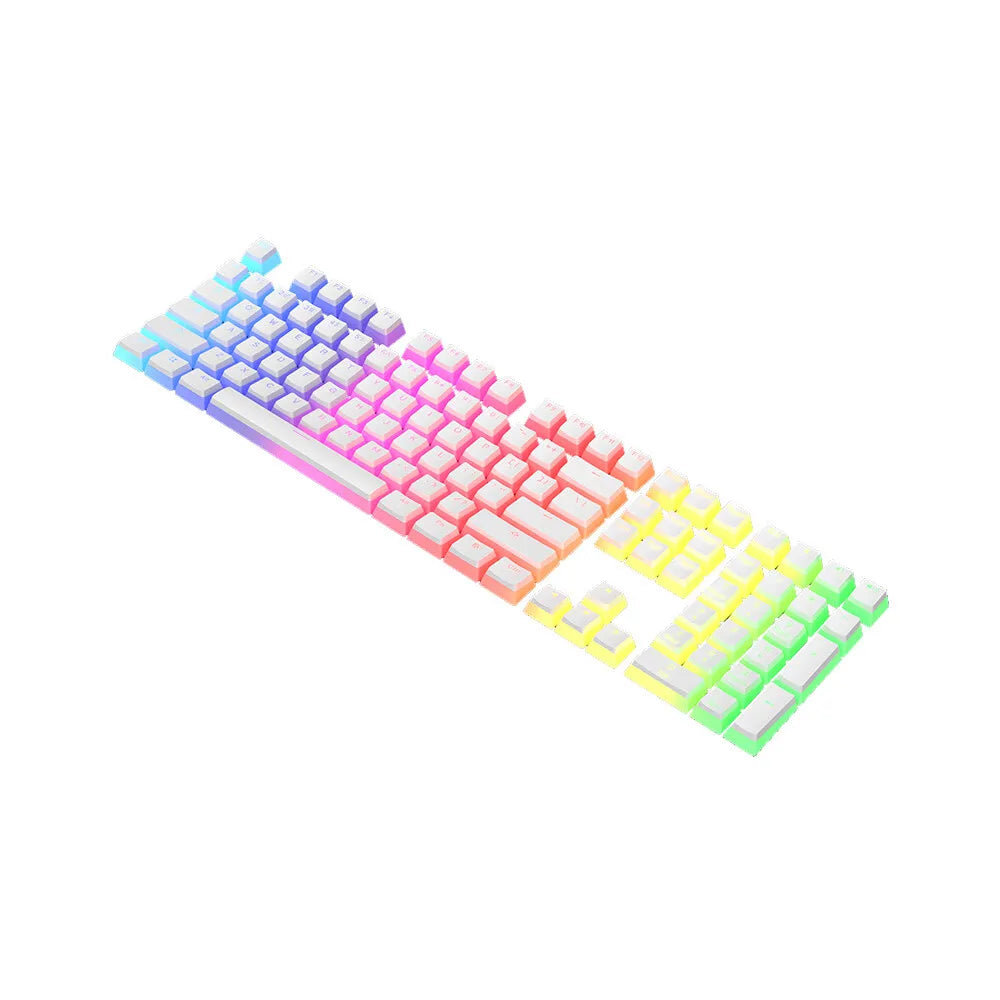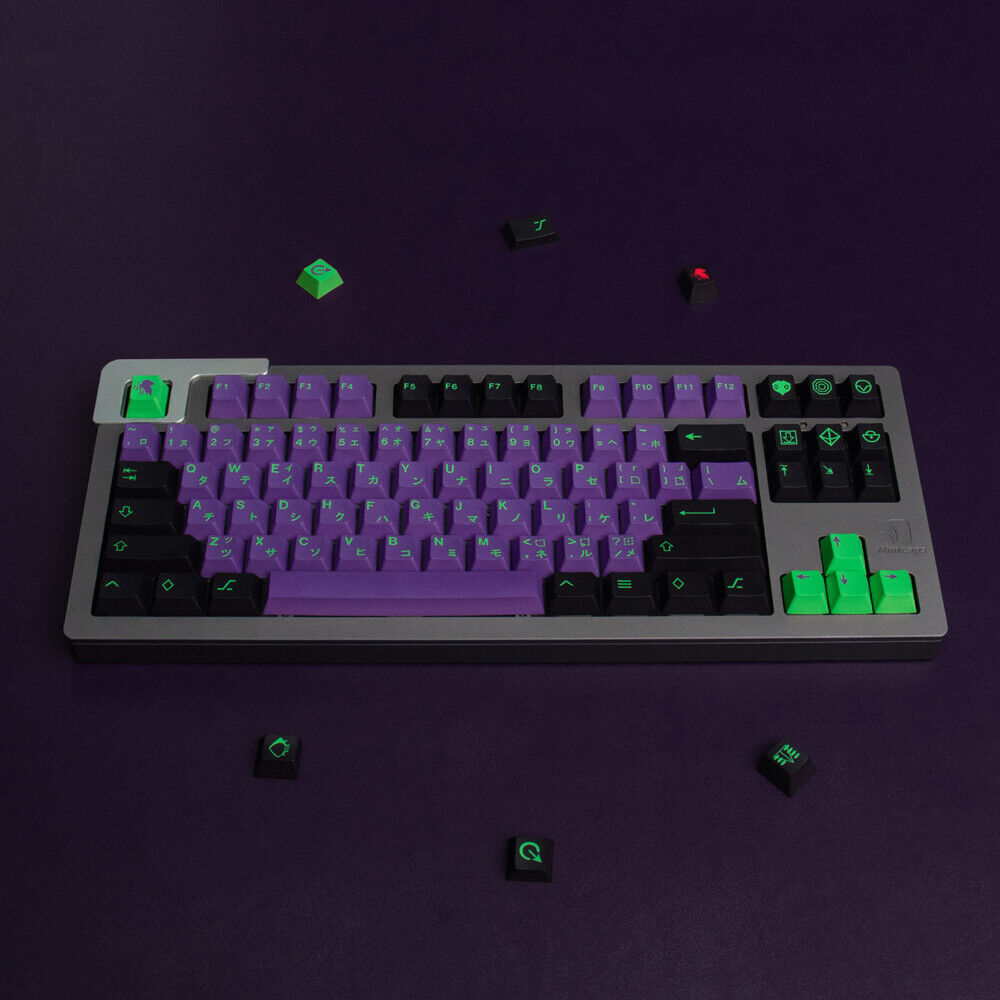The G Pro X Superlight is one of the most popular mice to have ever been released. Following the footsteps of its predecessor, the G Pro Wireless, this mouse copies what works but in a lighter form factor. But, this thing is also $150. Now, I did have this thing for a little over a week, so here we go.
Before I begin, thanks to Hardware Corpus for sending this review unit.
Unboxing
Logitech does not follow the extravagant way with the unboxing of this mouse. But the box lifts slowly and it has some resistance. This slowly builds up the anticipation of what’s inside. Now, I mean it is these small things that speak for a premium product like the G Pro X Superlight.
Inside the box, you get the mouse, some paperwork, the dongle, an extender, a charging cable, some Logitech stickers, and most important thing, some textured grip stickers.
Now, I find these very interesting. Some people can have some complaints about the smooth surface of the G Pro X Superlight. But, Logitech’s got you covered.
Overall, the unboxing experience is super elegant. I am giving this an 8/10.
Shape
The G Pro X Superlight does not innovate in terms of its shape. It is the same as its predecessor.
The body is slightly tapering towards the front and has a slighter angle towards the back. When you see it from the top, it looks like an elongated cylinder
And, yes. This mouse is towards the larger end when it comes to sizes. But, for me, it is a perfect size. I had a few complaints with the NZXT Lift I reviewed lately. That mouse was a little bigger than this. But, this thing is perfect for my palm size. Of course, opinions on sizes will vary from person to person. For some, it doesn’t matter <beep>
Now, when you see it from the side, the Superlight has a pronounced ridge. This should help in grip. But, I could tell its existence during normal and gaming uses.
The shape is best suited for claw grip and fingertip grip. You can also get away with a palm grip. But, lag grip users like me will have some problems.
Overall, the shape of the mouse is decent.An 8/10.
Surface and Build Quality
Now let us talk about the surface of this mouse. It is based on a matte texture and the grip is solid. I got the black variant of this thing to review, and well I can say that this mouse does look minimalist.
Part of it is because of the design language, but the minimalist looks are imparted via the very few buttons on the Superlight. This mouse also gets rid of the RGB lighting found on the G Pro Wireless. This adds to the minimalist design as well.
But, despite being a superlight mouse featuring multiple weight reductions, the Superlight is built extraordinarily well. The weight is evenly distributed throughout the body.
It weighs x g.
Weigh after removing USB cover, put PTFE cover on, and weigh again
I am super impressed with the way this mouse feels on the hand.
The mouse is well suited for any type of grip, including palm grip, claw grip, and fingertip grip. Many gamers will argue that the G Pro X Superlight is the best mouse for claw grip.
Overall, great build quality. An 8.5/10.
Buttons
Now, talking about the buttons, I have good things to say. Now Logitech uses high-quality Omron mechanical switches in this mouse. And the clicks feel good. The Superlight also has a couple of thumb buttons. Now, these buttons are tactile and they feel good in your fingers, but there is slight flexing while clicking these. I did not feel the same quality as the left and right clicks.
The mouse does not have a DPI button. This makes the mouse look minimalist. But, it also incentivizes people to use the Logitech G Hub software for DPI customization.
Also, the scroll wheel on this particular review unit makes a rattling sound. This is not expected from a $160 mouse. But, I think this issue exists in this unit only as one of my friends’ Superlight was completely quiet.
Here’s how the buttons sound.
Now, the G Pro X also packs grip tape. Once applied, these tapes impart a rough feel to mouse for users who prefer me. I, personally, am better off with the smooth matte finish this mouse oriignally comes with. But, the addition of grip tape is definitely a cool addition and I am all up for it.
Overall, the clicks feel quite sharp. The left and right clicks have zero pre-travel and post-travel but the thumb buttons, as I mentioned, do feel a bit flimsy. The scroll button felt particularly well, but the wheel makes an annoying sound.
Overall, I am giving this an 8.5/10.
Mouse Feet
Coming to the mouse feet, Logitech did innovate a whole lot with the Superlight. The mouse has three feet in total. They are absolutely ginormous and are made of zero additive PTFE. Users can take them off by applying some heat. But remember that you can put them back on unless you are super super careful.
Now, this plastic covering can be opened to gain access to an inner compartment. This compartment can store the USB receiver to make traveling with this thing convenient. Huge thumbs up for this.
But, there is another thing. You can swap this plastic covering for one with a PTFE covering on it. But, personally, I did not notice any difference while gliding the mouse. It just felt the same but was ____ grams heavier.
Overall, the skates are as good as they get. I am giving them a 9/10.
Battery Life
Now, since this G Pro X Superlight is a wireless mouse, let’s talk about the battery life. The Superlight comes with a massive 240 mAh battery, which is massive for a mouse.
The battery life is superb. The mouse lasted me five full days of usage on a full charge, and we are talking like 7-8 hours usage every day. Although this usage is not a perfect measure as battery life will vary depending on the DPI and polling rate settings. In my instance, I used the mouse at 800 DPI and the polling rate was set to 1000 Hz.
The mouse can be charged via a cable included in the box. The charging end has a protective plastic piece that slides into the USB housing pretty well. You can use the mouse as it charges too albeit it will charge at a slower speed if you do so.
The mouse takes around 2 hours and a few minutes to fully charge up from 0% while using it. That’s pretty impressive.
However, the USB port on the mouse is micro USB which is completely out of fashion these days. To be honest, micro USB will get the job done pretty well but USB-C comes with extra durability and has been adopted by a larger mass as of 2022.
Overall, the battery life amazed me. I am giving it a 9/10.
Sensor
Now, the Logitech G Pro X packs the high-end Hero 25K sensor. The Hero sensor is already well-known for its accuracy and reliability and I could feel the difference coming from the PMW3389 on the Lift. Aiming with mouse is great because it just feels like the perfect weight for me. The shape of the mouse also contributes to the overall usability factor though.
Now, coming to the specs of the sensor, it goes from 100 DPI all the way up to 25,600 DPI. Users can customize them via the Logitech G Hub sensor in steps of 50 DPI.
The mouse supports four polling rates. They start from 125 Hz and double as you go up. The mouse does not come with a programmable LOD function.
Overall, I do not have any complaints about the Hero 25K sensor. It is one of the highest-end sensors in the market and the mouse speaks for itself. I am giving this a 9/10.
Performance
Okay, now let us check the performance of this mouse.
LOD Test
Starting with the LOD test, which measures the maximum height up to which the mouse tracks movements. We found that the mouse stopped tracking at the 1 DVD mark. This is super impressive and means that the mouse has a LOD of 1mm or lower.
Jitter Test
The jitter test measures the noise of the sensor or it represents the movements that were registered by the sensor but never happened in real life.
The G Pro X amazed me with the surprisingly low amount of jitter at low DPIs. This mouse had extremely low noise even at 6,400 DPI. Impressive. However, things got a bit messy as I got to 10,000 DPI and above. I mean the results are acceptable for this high DPI and almost no one uses their mice at such crazy high CPI levels.
But, believe me, 25,600 was a pain in the arse. Just look at the amount of noise in this setting.
CPI Divergence Test
Now coming to the CPI divergence test, which measures the deviation of the reported CPI from the actual CPI set in the software.
The Hero 25K is a great sensor and those words reflect in this test. The CPI deviation of this is astronomically low. This is quite impressive.
Perfect Control Speed Test
Now, the perfect control speed test measures the maximum speed at which the sensor tracks movements. Although this test is not accurate as it can only measure speeds the human arm is capable of, it produces an interesting graph that can be used for tracing smooth movements.
Now, the graph did not surprise me much. There are a few outliers here and there. But, overall tracking is consistent and the outliers have been mostly caused due to human error.
Speed Related Accuracy Variance Test
The Speed-Related Accuracy Variance test measures the accuracy of the sensor at various speeds.
We see a stable graph in this test. There are a few deviations here and there, but most of that can be credited to human error.
Polling Rate Test
The polling rate test measures the reporting rate of the sensor when a particular setting has been selected from the software.
The polling rate test results are acceptable too. There are a few outliers in almost every graph but the result is consistent overall.
I am giving the performance another 8.5/10.
Software
The G Pro X Superlight packs the Logitech G Hub software. And, G Hub is a polished bit of software. It is not very CPU intensive and packs a minimalist and clean UI for customizing Logitech products.
The DPI customization options are well made. Users can slide and choose as many speeds manually. Now, since the G Pro X does not have a DPI customization button, the G Hub allows users to map any button to use as a DPI speed switch. This, however, can limit the functionality of that particular button.
The G Hub software also packs enough customization options. It even allows you to set certain keyboard commands with the press of a button. Macros can also be added via the software.
Overall, I liked G Hub. The software does not leave users for wanting more. An 8.5/10.
Value
When the G Pro Superlight launched, its predecessor, the G Pro Wireless was discounted to about $125 to introduce this new $160 wireless gaming mouse option. At $160, it does feel like a premium option for a gaming mouse. And it is. The mouse did impress me in terms of build quality and performance.
However, there are cheaper options that can get up to 90% of the performance and consistency of this thing. One prime option is this Clutch GM41 from MSI. Another option is Razer’s Viper Ultimate. However, if you are looking specifically for a superlight mouse, I don’t think there is anything better.
I am giving the value an 8/10.
Conclusion
Let us have a look at the score now. 8.5/10. This mouse gets the revered Cyber Tech Tok Platinum award. It deserved it.
The G Pro Superlight is a great lightweight mouse. It has a few small problems here and there, but no one will be disappointed with this thing.
If you want to check out the review of the NZXT Lift, which by the way is a much cheaper mouse, click here. If you liked this video, the like button is for you and hit the subscribe button as we are targeting to hit 1000 before 2022 ends.









Leave a comment
This site is protected by reCAPTCHA and the Google Privacy Policy and Terms of Service apply.